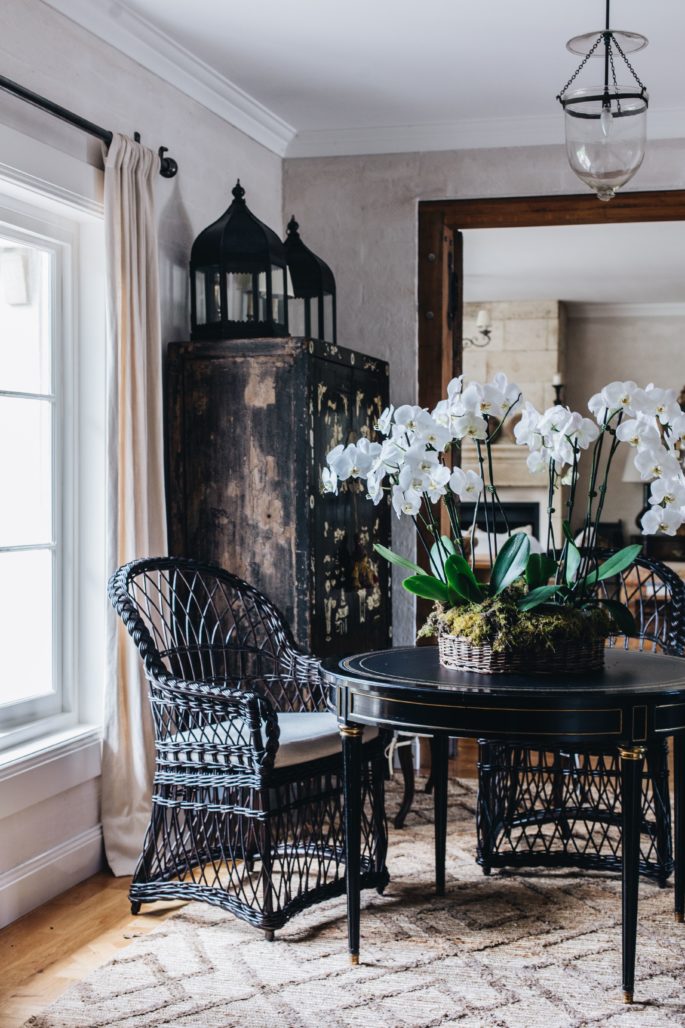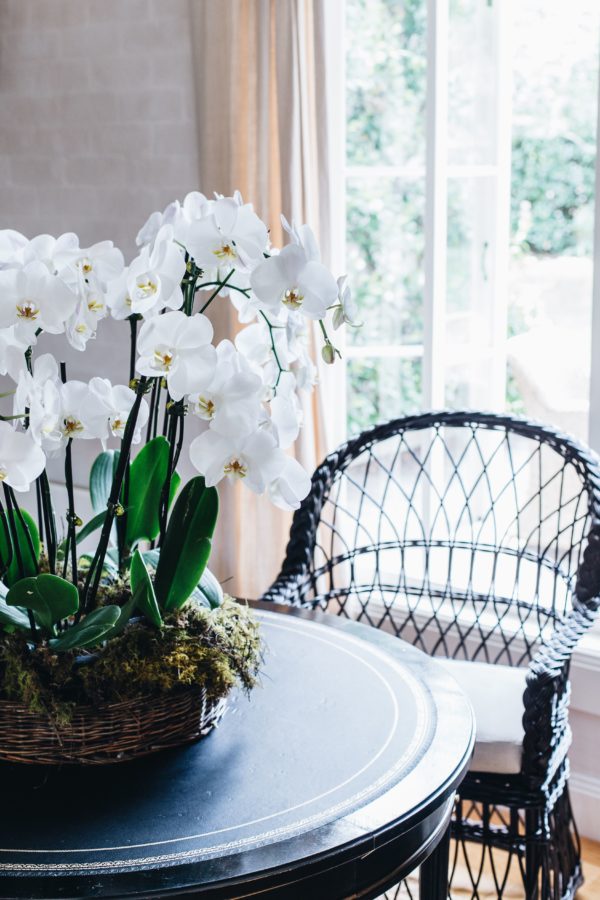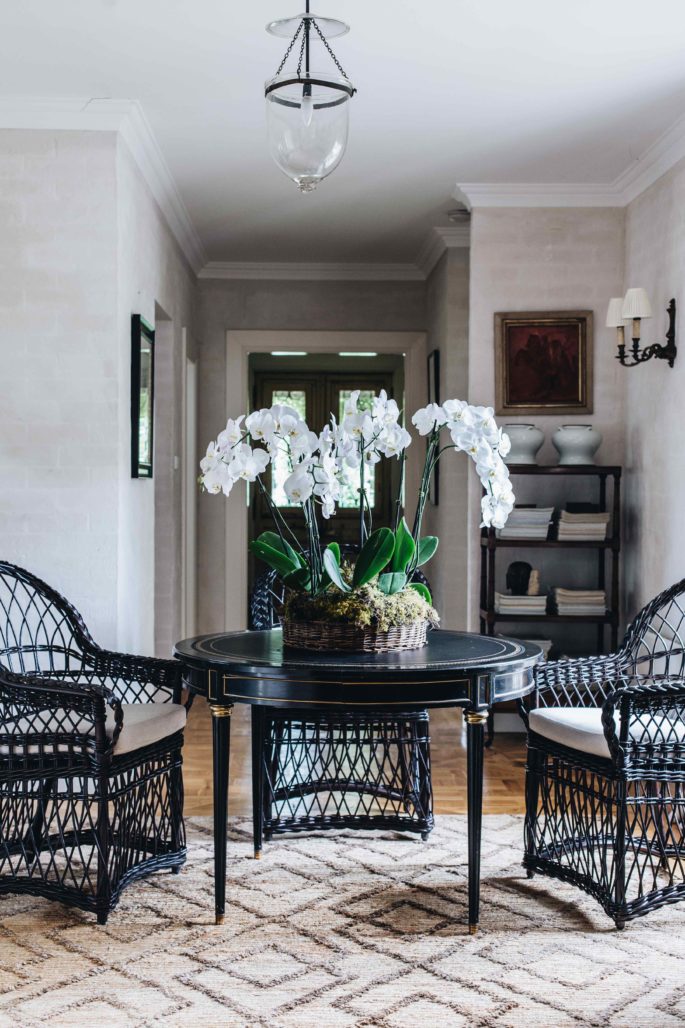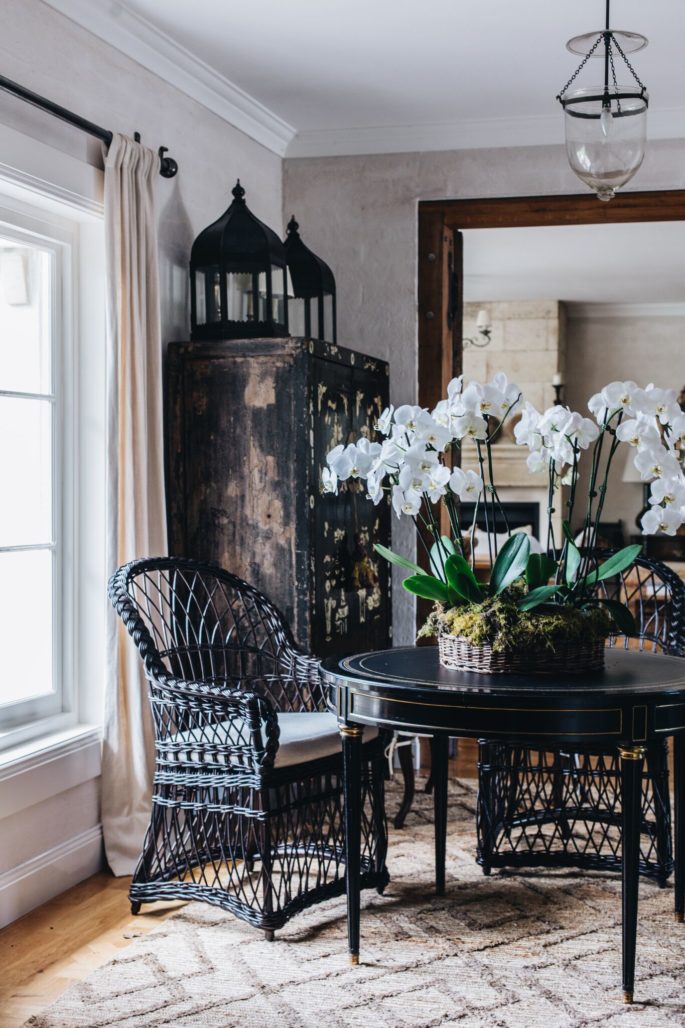How complicated can it be to keep an indoor plant alive? Quite tricky, we’ve discovered as we bin another dead succulent, buxus, or fishbone fern that’s turned up its leaves.
Here are 10 things nobody told us about indoor plants – essential secrets to keeping your species healthy despite the demands of your most finickity potted friends. Because no one needs a needy plant, inside.
BUY PLANTS IN PAIRS
You can’t control your plant’s life before you buy it—and sometimes by the time you bring it home it’s already sick. It may be infested with tiny bugs. It may be suffering from root rot if it was over-watered. Or it just may be a finicky type.
Double your odds of success by buying houseplants in multiples of two. Worst-case scenario? They both thrive.
SOME PLANT’S DON’T CRAVE SUNLIGHT
Plenty of plants can thrive in a dark apartment. Many of them hail from tropical climates or rainforests where they grow beneath other plants or tree canopies.
A PLANT THAT DROPS ALL ITS LEAVES MAY STILL BE HEALTHY
Some plants that grow from bulbs can go dormant for a season, dropping their leaves and dying back. Do not despair. Give it time – and move from the sunlight to a spot where it can get some sleep.
CACTUS LIKE COLD WEATHER
The conventional wisdom is that cacti like it hot because they come from the desert, where there is beating sun and baking temperatures. But those temperatures drop when the sun goes down and at night a desert can be quite cold.
To keep your potted cactus happy indoors, put it in a sunny—but cool—spot.
INDOOR PLANTS ARE ALLERGIC TO DUST
The same dust that settles on your computer screen also settles on your plants and inhibits the leaves from properly photosynthesizing. Simply dust your indoor plants with a damp cloth, or to rinse foliage with a damp sponge. To avoid damaging delicate plants, cradle a leaf in one hand to support it while wiping or brushing it.
INDOOR PLANTS AILMENTS CAN BE CONTAGIOUS TO OTHER PLANTS
After you use clippers, pruners, or hand trowels, clean the, with rubbing alcohol to sterilize them. That way you’ll avoid transferring bacteria or bugs from one houseplant to another.
GREEN SUCCULENTS ARE EASIER TO GROW THAN GREY ONES
The greener their leaves, the greater the chances that they’ll survive inside. Pass up the grey ones, the blue ones, and the purple ones, and head straight for the bright green leaves.
PLANTS NEED BABYSITTERS
Plants can’t water themselves. Make sure they’ll be taken care of when you’re away.

Avoid overwatering, which leads to the demise of many more plants and orchids, than under-watering. Phalaenopsis orchids featured at Melissa’s country house from Bloomey’s Florist, Sydney; Photo: Abbie Melle.
PLANTS WOULD RATHER LIVE OUTDOORS THAN IN
There’s no such thing as an indoor plant, after all—they’re just outdoor plants forced into living indoors in pots. Some will put up with indoor conditions better than others but in general, all plants prefer higher humidity levels and increased circulation.
When weather cooperates, bring them outside to soak up fresh air and dappled sunshine.
YOU CAN’T PUT ALL INDOOR PLANTS ON THE SAME WATERING SCHEDULE
Indoor plants have peak seasons, just like outdoor garden plants. Some orchid owners avoid over-watering by putting an ice cube in the pot at the base of the plant. As the ice slowly melts, it releases water for the plant’s roots to absorb. But experts warn against this practice. For one thing, orchids are tropical plants that love warmth—and ice cubes are cold.
DON’T PUT ICE CUBES ON ORCHIDS
The ice cube idea is to provide minimal water in the orchid’s sub-optimal conditions. The problem is, even though this might mimic the amount of water that the orchid had in its upbringing, misted hourly in mass greenhouses, over time the plant will die from being cramped in sub-optimal conditions. If you want to keep your orchid alive for years, the solution is regular watering with room-temperature water after repotting the orchid into proper orchid mix (usually bark) and a good pot that drains well.




